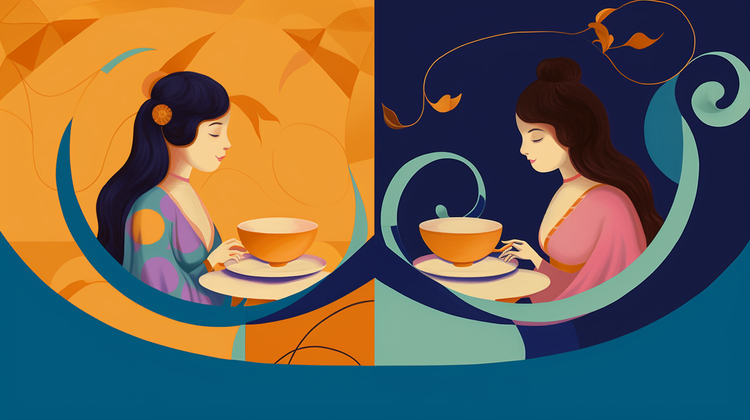Tea 201 - Pu-erh Tea - Sheng Pu-erh

Sheng Pu-erh
Pu-erh tea: the wine of teas.
By now, some of you may already know about Pu-erh tea from my article on Chinese Mythology: The Legend of Pu-erh. But for those who haven't read it, here’s a quick Pu-erh 101:
Pu-erh is unique because it is compressed into tight, hard cakes and allowed to undergo an aging process of fermentation—much like wine! The aging process is carefully controlled to achieve specific flavors and textures.
The Two Types of Pu-erh
There are two main types of Pu-erh tea, each with its own characteristics. Today, we’ll focus on Sheng Pu-erh:
What is Sheng Pu-erh?
Sheng Pu-erh, also known as raw or green Pu-erh (Chinese: 生茶; pinyin: shēngchá or Chinese: 青茶; pinyin: qīngchá), is an unfermented or lightly aged tea.
There are two types of Sheng Pu-erh, based on whether they are completely post-fermented or not. For this type of tea, the longer it is aged, the more complete the oxidation process becomes, affecting the polyphenols, saccharomyces, and non-saccharomyces elements in the tea.
Some tea drinkers compare Sheng Pu-erh to green tea, though there are a few notable differences.
How is Sheng Pu-erh Processed?
- Sun Drying: Sheng Pu-erh is typically left in the sun to dry naturally.
- If the weather is unfavorable, the tea producers use light heating to dry the leaves, though this can slightly impact the tea's quality.
- Pan-Frying: The tea is then pan-fried in a wok to stop natural oxidation.
- Rolling & Shaping: The leaves are rolled and rubbed to shape them.
- Final Drying: The tea is dried again before being compressed into stone molds, giving Sheng Pu-erh its characteristic Pu-erh cake shape.
Final Thoughts
What do you all think? I’d love to try this Pu-erh! I imagine it has the grassy, fresh flavor of a green tea, but the compressed shapes must be fun to work with as well. Right?
Let me know if you’ve tried Sheng Pu-erh before and what you think of it!






Member discussion